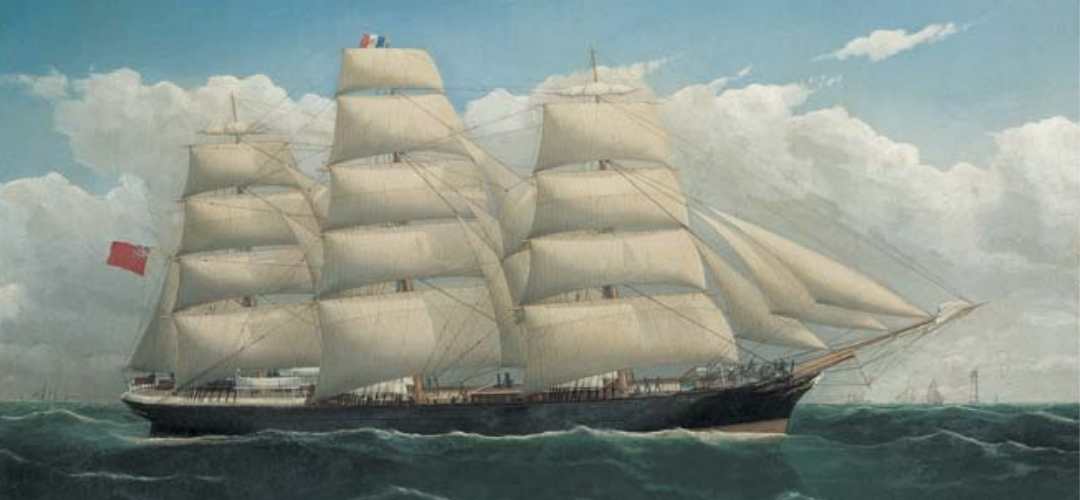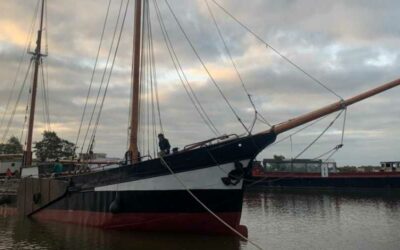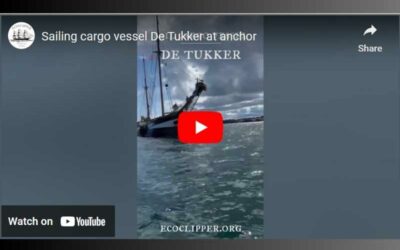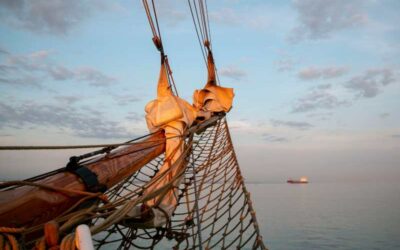New Zealand is famous for sailing, and sailors such as Sir Peter Blake are well known internationally for their achievements in racing. When I first came to New Zealand it didn’t take long to learn about these famous sailors, especially living in the “City of sails” – Auckland. All sailors I heard of, however, were of Western European heritage, as is the majority of the population in New Zealand. However, Western settlers were not the first to arrive in New Zealand. The indigenous people of New Zealand are Māori who arrived from the northern Pacific (today Hawaii), and in sailing boats using the stars to navigate. They called New Zealand ‘Aotearoa’, the land of the long white cloud.
Thousands of Pacific islands have been populated by Pacific peoples using boats and canoes to connect with other islands for centuries. Especially outrigger canoes (canoes with a secondary hull fixed parallel to the canoe to increase stability) and double-hulled canoes have sailed in different areas of the Pacific, mainly to transport goods and people between islands. These boats are well adapted to the rough conditions in the open ocean, and some were bigger than the ships used by European colonizers.
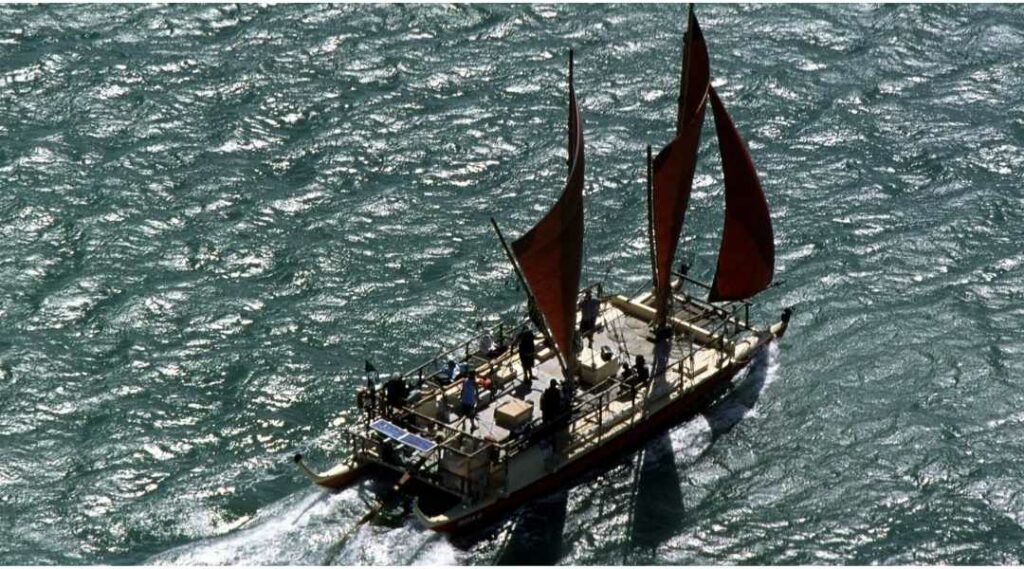
For Māori the waka (boat, canoe) itself is very important for tribal identity, mana (prestige, authority, control, power, influence, status, spiritual power, charisma) and territory. This reflects te ao Māori (the Māori world view) including the importance of interconnectedness. In te ao Māori, the ocean, the land and the people are intrinsically linked:
Toitū te marae a Tāne-Mahuta, Toitū te marae a Tangaroa, Toitū te tangata.
If the land is well and the sea is well, the people will thrive.
To uphold these relationships Māori understand themselves as kaitiaki (stewards of the environment) with the task to protect the environment and to restore and increase the mauri (life force, vitality) of the land and water, and to nurture the reciprocal relationship between tangata (people) and the whenua (land).
Te ao Māori is also important for the traditional way of sailing and navigating using the stars. For navigation, they use Te kapehu whetū (the Māori star compass), whichh divides the 360 degrees around a waka in the open ocean into different whare (houses). The navigator needs to keep the waka on a course relative to these observations. Additionally, the migration ways of bird, whales and other animals are used as well as the wind directions to work out the location of the boat and the path ahead.
Before the English colonised Aotearoa New Zealand, the preferred transport method for Māori was the waka, used for sea, lake and river travel. They used the waka to move between settlements and to transport goods (mainly food), using different storage options such as kawe (flax backpacks) for heavy loads, and kete (baskets) for lighter goods.
After Europeans arrived, Māori also used European vessels for freight transport. European vessels had some advantages compared to the mono- or double-hauled canoes and wakas, such as better stability and being easier to handle with a smaller crew. On the other hand, wakas were used to transport goods up rivers, where they were more practical than the European vessels. This bi-cultural combination made Māori a strong force in the freight business, especially before the 1860s in Aotearoa New Zealand.
